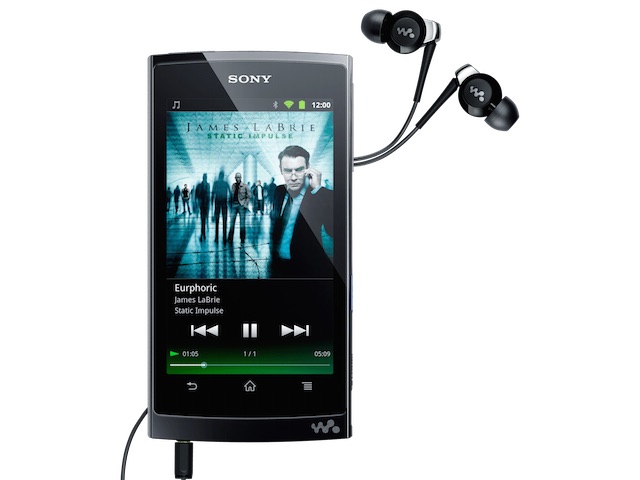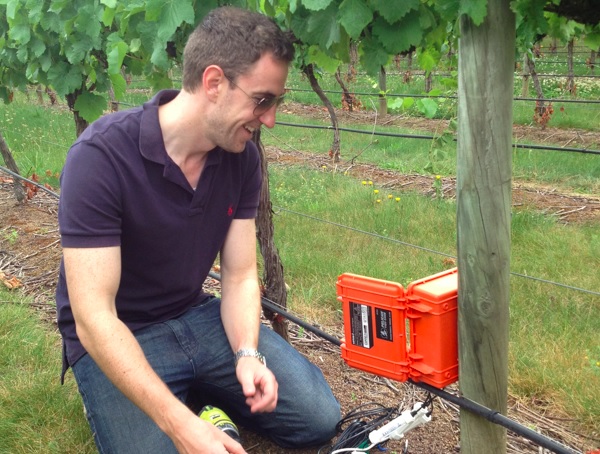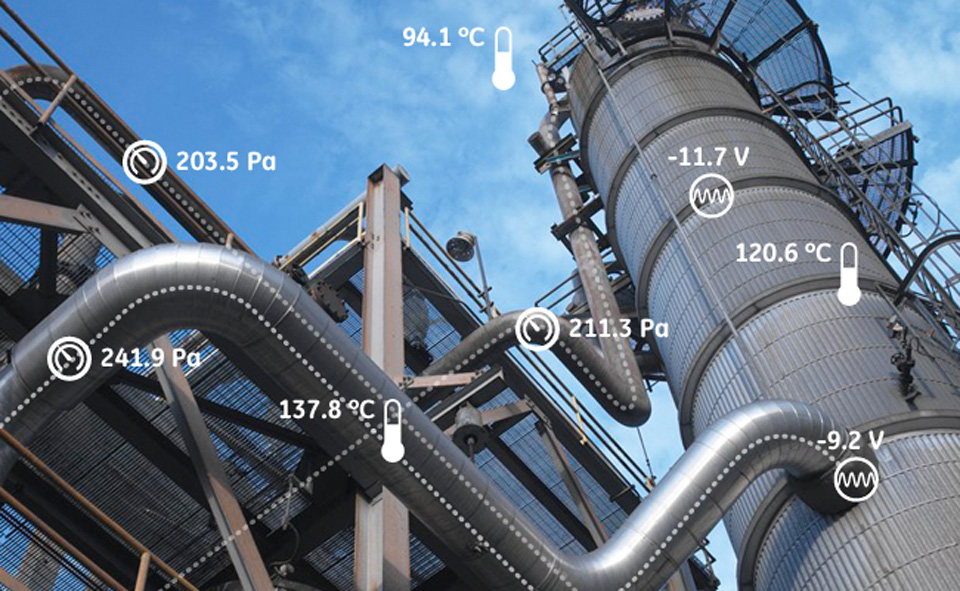One of the challenges facing sports administrators and leagues around the world is that the quality of broadcast coverage has become so good it’s become increasingly harder to get fans out to the games.
Coupled with the constantly improving television coverage, fans are also expecting more as they go to games with their smartphones and tablets. Part of the solution for venue managers is to roll out smart stadium facilities that enhance spectators’ experience at the games.
Mike Caponigro, Cisco’s head of Global Solutions Marketing for Sports and Entertainment, sees the smart stadium as complementing the ground experience and Cisco are working with over three hundred venues in thirty countries around the world.
Improving the live experience
“Live is always going to be best,” states Caponigro. “You can’t replace that tribal passion of the crowd. No matter how excited I get in my living room or with some friends in a pub you’re never going recreate that enthusiasm.”
However the expectations of sports fans are changing Caponigro points out citing how HD television and the internet is changing the experience for spectators outside the stadium, “fans don’t want to be removed from that action.”
Cisco started their Connected Stadium program when the Oakland Athletics were looking at moving home stadiums seven years ago. While Oakland decided to remain at their existing stadium the company realised the market for connected stadiums was potentially huge, “it really pushed our thinking on how could we service an industry sector that hadn’t been well served.”
Accelerating innovation
“Arguable you’ve seen more innovation in that last seven years in the sports and live entertainment field than in the five decades prior to that,” says Caponigro who attributes the rate of change to consumer adoption of smartphones. “Now we’re working with three hundred properties in thirty countries around the world.”
“What fans are saying is that in order to continue to go to events there are things that need to be tweaked around the experience,” Caponigro states. “We did a study two or three years ago that found seventy-five percent of fans bring a smartphone to the venue. In the latest studies we’re finding ninety percent.”
Those fans are expecting a reliable signal to share information and access data. At last year’s Superbowl the crowd consumed 6Tb of data, half of which was outward traffic. “That just reinforces that fans aren’t just consuming services but it’s also become an increasingly social environment.”
Improving revenues
One of the areas Caponigro sees as an opportunity for connected stadium administrators is in seat management citing the Golden State Warriors NBA team that have used BlueTooth beacons to drive their seat upgrade application to generate $300,000 in additional revenue.
Fans have two frustrations with attending live games says Caponigro, is the convenience of getting to and from the game and not getting a good view of the play from their seats.
The ‘single seat experience’ as Caponigro describes it, uses the stadium’s smart vision TVs and the apps on spectators’ phones to give fans the same access to replays and stats that viewers watching the game on TV or the internet can access.
Making transport easier
Getting to and from the game is another advantage the smart stadium technologies offer both spectators and stadium administrators, by giving real time information on parking and public transport status crowds can be better managed and fans can have a smoother experience travelling into and away from the event.
In the future, Caponigro sees the next wave of innovation integrating back of house services into the connected stadium giving administrators greater understanding of concession sales and crowd movement.
Another opportunity lies in bringing player biometrics to the spectators, “you might find out if Ronaldo is really as cool as he looks when he takes a penalty” grins Capringo.
While it’s still early days for the connected stadium, like many Internet of Things applications businesses are exploring the limits. For sports fans, they can expect a richer experience being delivered to their smartphones and seats.
Similar posts:




